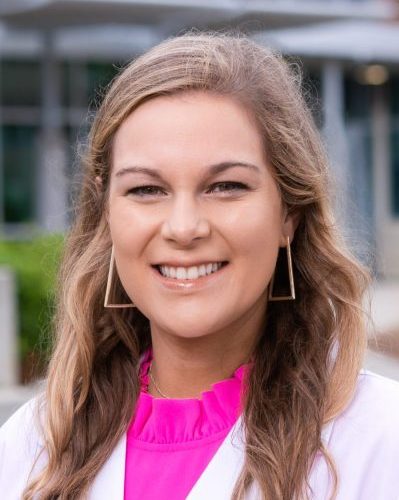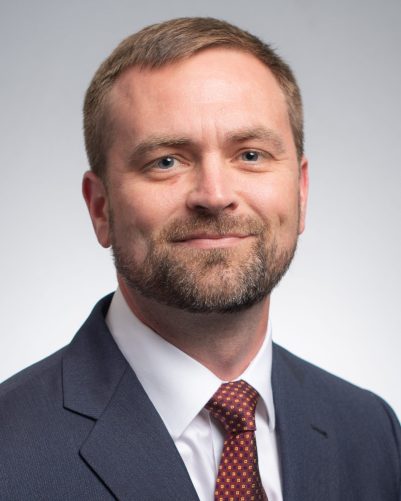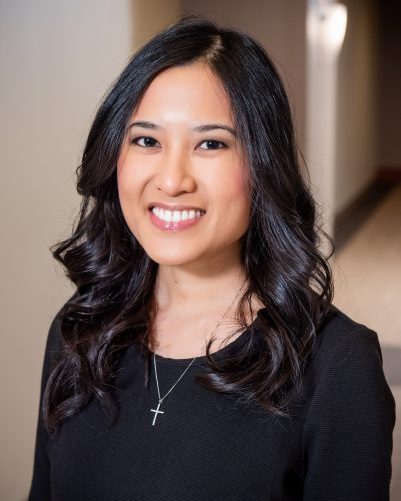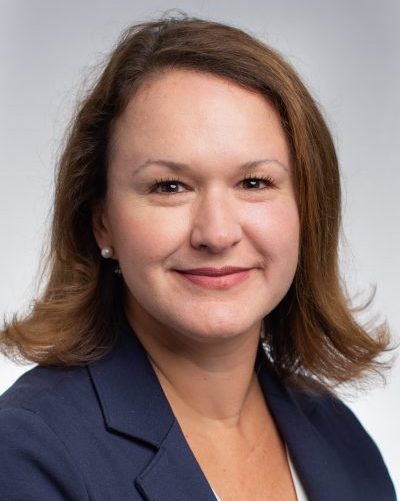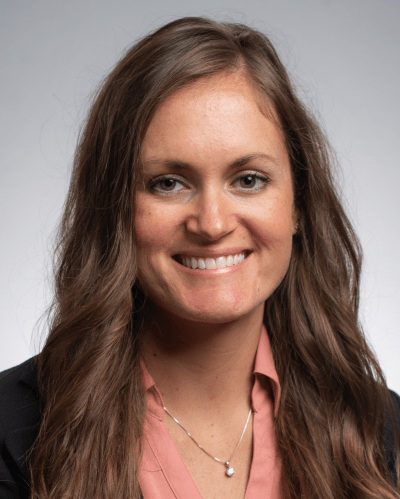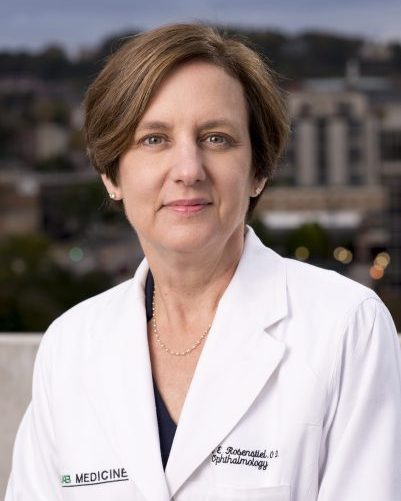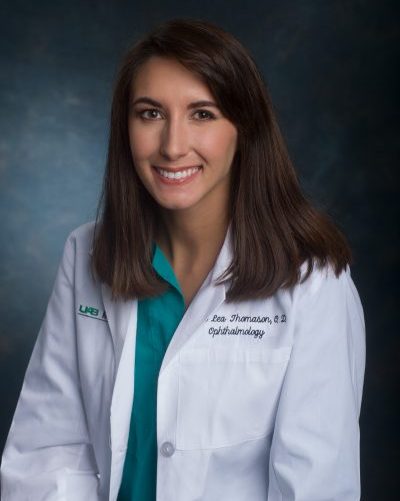Contact lenses are clear, thin plastic disks that lie on the surface of the eye to correct vision, similar to eyeglasses. They can correct the same vision conditions as eyeglasses, but contacts require more care in handling. For patients with corneal transplants, keratoconus, or ocular trauma, contacts can be vital. Contact lenses are the first refractive surface for light rays entering the eye, causing a more precise focus. Not everyone can wear contact lenses. Contacts are either hard or soft: Hard contacts are rigid, gas-permeable lenses (called RGP) widely used when the cornea has significant stigmatism or when a person has allergies or forms protein deposits on the contacts. Soft lenses are generally more comfortable and come in several types: daily-wear, extended-wear, toric, and disposable-wear. Bifocal or multifocal contacts are available in either hard or soft versions. Many people view their world through contact lenses. They use contact lenses to correct near- and far-sightedness, astigmatism, and presbyopia (bifocals). Specialized fittings will determine which contacts will give the best vision and comfort.
UAB Ophthalmology has more than two dozen physicians, many of them named among the top doctors in their fields nationally. They are renowned for their advances in eye care, breaking through old ways of treating blinding eye diseases and revolutionizing many areas of ophthalmology.
Ophthalmology care at UAB is located in UAB Callahan Eye Hospital, one of the busiest eye hospitals in the country, where specialists work together to treat complex cases. The UAB Callahan Eye Hospital surgical suite houses nine operating rooms dedicated to eye surgery as well as a 24/7 Eye emergency room, which is the region’s only Level I Ocular Trauma Center. More than 15,000 surgeries are performed at UAB Callahan Eye Hospital each year, and we conduct more reconstructive eye surgeries than any other facility in the world. Patients come from around the nation to be treated for eye conditions at UAB.
The UAB Center for Low Vision Rehabilitation works with patients to maximize vision and provides services such as orientation and mobility, occupational therapy, and support groups for patients dealing with vision loss or impairment.
Through ongoing research and clinical trials, UAB continues to make great strides in the field of ophthalmology. In addition to our physicians, we have a team of vision scientists who are fully dedicated to researching causes, preventions, and cures for eye diseases such as diabetic retinopathy, glaucoma, and macular degeneration. Many UAB ophthalmologists have received funding from prestigious research organizations and institutions and collaborate in clinical care to deliver the latest in scientific discovery to our patients.
Care Providers
Videos
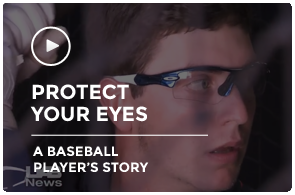
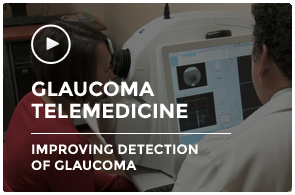
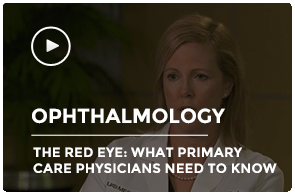
Resources
- The Facts About Diabetic Disease
- UAB Callahan Eye Hospital
- UAB Department of Ophthalmology
- Get Eye Smart
- National Eye Institute
Clinical Trials
Speak to your physician about your options and browse the link below for more information
Latest News
View All News-
Keep the fireworks fun in the sky and out of your eyes
June 28, 2024
-
Too much screen time is a risk to children’s eyes. Here is how to protect their eye health.
May 20, 2024
-
ALG6 acts as a modifier gene in the inherited genetic eye disease retinitis pigmentosa 59
March 20, 2024
-
Infant born with rare eye condition gets best chance at normal vision development at UAB
February 7, 2024
-
Eclipses 101: Ways to stay safe and enjoy
October 10, 2023

